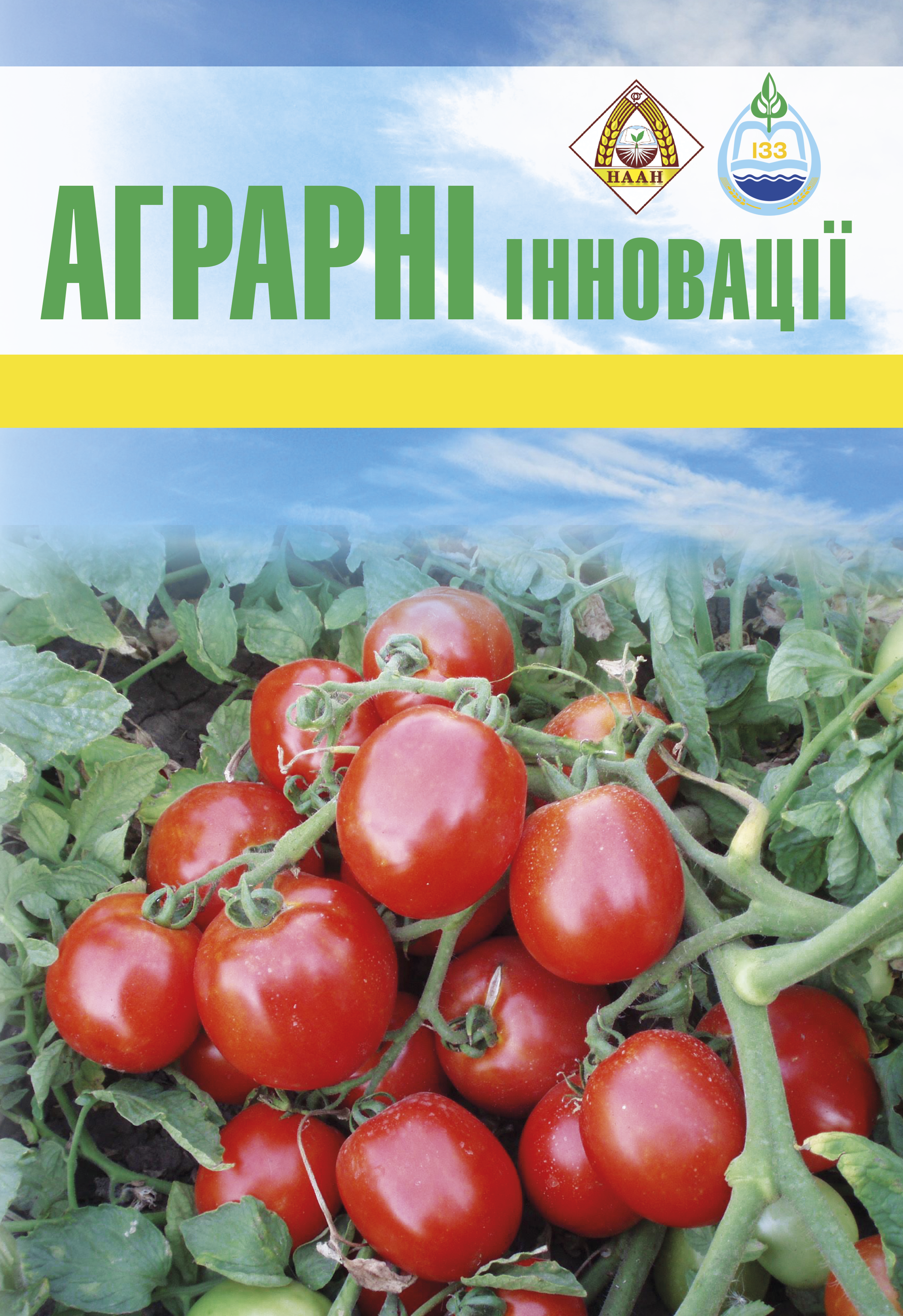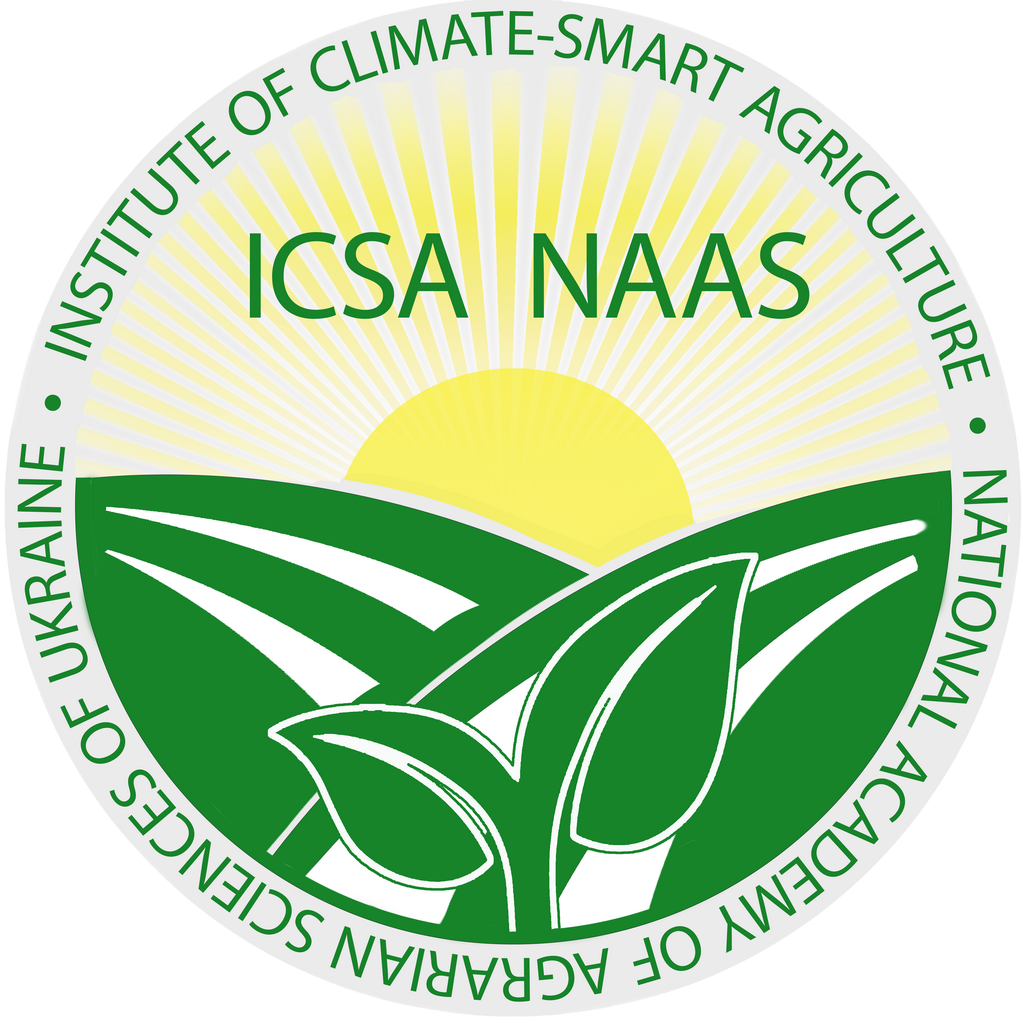Improvement of the method for determining mitotic activity in amaranth roots
Abstract
Purpose. The purpose of the study was to improve theexisting methodology for preparing samples to determinemitotic activity in meristematic cells of amaranth.Methods. The initial material for the study includedthree varieties of Amaranthus hypochondriacus (Sem,Kharkivskyi 1, Studentskyi). Seeds were treated with aphysical mutagen (gamma radiation). The radiation source was ⁶⁰Co. Radiation doses: 15 Gy, 30 Gy, 40 Gy, 150 Gy,400 Gy, and 700 Gy. The treatment was carried out at theNational Scientific Center “Institute of Metrology” (Kharkiv,Ukraine). Equipment used: DETU 12-05-02. Untreatedamaranth seeds were used as the control. For cytogeneticlaboratory research, 100 seeds of each variety were usedfor every radiation variant. Temporary squash preparationswere used to determine the mitotic activity of meristematictissues in amaranth seedlings, following a generallyaccepted methodology. In each variant, 5000 cells from 10roots were analyzed. The number of cells in different mitoticphases (prophase, metaphase, anaphase, telophase) wascounted.Results. Studies on A. hypochondriacus showedthat a temperature of 20–25 °C slowed the formation ofmeristematic cells, whereas 35 °C stimulated mitotic activity.It was also found that staining amaranth roots withacetocarmine solution using heating caused cytoplasmicturbidity, which complicated cytological examination. In contrast,soaking the roots in acetoorcein solution for 1–2 daysproved more effective, as it allowed gradual dye penetrationinto the tissues and provided material suitable for analysis.Conclusions. The use of acetoorcein as a stain foramaranth and seed germination in a thermostat at 35 °Callows for better visualization of mitotic phases, leadingto a more accurate assessment of the effects of differentgamma radiation doses on mitotic activity in the root meristemcells of various amaranth varieties.
References
2. Tang Y., Tsao R. Phytochemicals in quinoa and amaranth grains and their antioxidant, anti inflammatory, and potential health beneficial effects: a review. Molecular Nutrition & Food Research. 2017. Vol. 61. No 7. P. 1600767 (1–16). doi: 10.1002/mnfr.201600767
3. Topwal M. Review on Amaranth: Nutraceutical and Virtual Plant for Providing Food Security and Nutrients. Acta scientific agriculture. 2019. Vol. 3, No. 1. P. 9–15.
4. Karamać M., Gai F., Longato E. et. al. Antioxidant Activity and Phenolic Composition of Amaranth (Amaranthus caudatus) during. Plant Growth. Antioxidants. 2019. Vol. 8, No. 6. doi.org/10.3390/antiox8060173.
5. Stankevich G, Valentiuk N, Ovsiannykova L, Zhygunov D. Changes in quality of amaranth grain in the process of post–harvesting processing and storage. Food Science and Technology. 2021. 15 (1). С. 80–90.
6. Khoshoo, T. N., Pal, M., Lewis, K. R. Cytogenetic patterns in Amaranthus // Chromosomes Today. – New York, 1972. – Р. 259–267.
7. Гопцій, Т. І. Амарант: біологія, вирощування, перспективи використання, селекція: монографія. – Харків : ХДАУ, 1999. – 273 с.
8. Bonarosa, M., Poggio, L., Greizerstein, E. Cytogenetic studies in four cultivated Amaranthus (Amaranthaceae) species. – USA: Comp Cytogenet, 2013. – V. 7(1). – 114 p.
9. Guardianelli L. M., Salinasa M. V., Puppo M. C. Hydration and rheological properties of amaranth-wheat flour dough: Influence of germination of amaranth seeds. Food Hydrocolloids. 2019. Vol. 97. doi.org/10.1016/j.foodhyd.2019.105242
10. Sanz-Penella J. M., Laparra J. M., Sanz Y. et. al. Bread Supplemented with Amaranth (Amaranthus cruentus): Effect of Phytates on In Vitro Iron Absorption. Plant Foods for Human Nutrition. 2012. Vol. 67 Iss. 1. P. 50–56. doi.org/10.1007/s11130-011-0269-6.
11. Liu S., Chen D., Xu J. Characterization of amaranth and bean flour blends and the impact on quality of gluten-free breads. Journal of food measurement and characterization. 2019. Vol. 13, Iss. 2. P. 1440–1450. doi.org/10.1007/s11694-019-00060-4
12. Iftikhar M., Khan M. Amaranth. Bioactive Factors and Processing. Technology for Cereal Foods. 2019. P. 217–232. doi.org/10.1007/978-981-13-6167-8_13.
13. Guardianelli L. M., Salinas M. V., Puppo M. C. Chemical and thermal properties of flours from germinated amaranth seeds. Journal of Food Measurement and Characterization. 2019. Vol. 13. P. 1078–1088.
14. Гопцій, Т. І., Воронков, М. Ф., Бобро, М. А. та ін. Амарант: селекція, генетика та перспективи вирощування: монографія. – Харків: ХНАУ, 2018. – 362 с.
15. Гудим, О. В., Гопцій, Т. І. Вплив передпосівної обробки насіння амаранту гамма-променями на частоту виникнення мітотичних порушень в кореневій меристемі рослин. Селекція і насінництво: міжвідомчий тематичний науковий збірник / НААН, Ін-т рослинництва ім. В. Я. Юр’єва. – Харків, 2016. – Вип. 109. – С. 119–124.
16. Гудим, О. В. Спосіб визначення мітотичних порушень в корінцях амаранту для використання в мутаційній селекції: пат. 05276 Україна № 124674 / заявл. 29.05.2017; опубл. 24.05.2018, Бюл. № 8. – 4 с.






